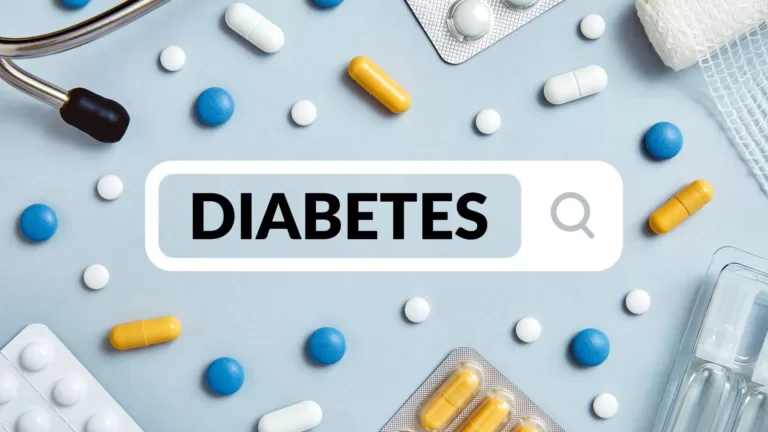Low Dose Naltrexone: A Promising Treatment for Chronic Pain and Autoimmune Disorders
Low-dose naltrexone (LDN) is a medication that has been gaining attention in recent years for its potential use in treating chronic pain and autoimmune disorders. Unlike the high doses of naltrexone used to treat addiction, LDN is given in much lower doses and has a different mechanism of action. In this article, we’ll explore what LDN is, how it works, and its potential benefits for people living with chronic pain and autoimmune disorders.
What is Low Dose Naltrexone (LDN)?
Naltrexone is an FDA-approved medication used to treat alcohol and opioid dependence by blocking the effects of opioids in the brain. However, in low doses (typically between 1-5mg), naltrexone has a different effect on the body. LDN has been shown to increase the production of endorphins, which are natural painkillers produced by the body. It also has anti-inflammatory effects, which can be helpful in treating autoimmune disorders.
How Does Low Dose Naltrexone Work?
LDN works by blocking opioid receptors in the brain for a short period of time, which stimulates the production of endorphins. Endorphins are neurotransmitters that naturally occur in the body and are responsible for reducing pain and promoting feelings of well-being. In addition to increasing endorphin production, LDN reduces inflammation in the body by inhibiting the activity of certain immune cells.
Potential Benefits of Low Dose Naltrexone LDN
-
Chronic Pain:
LDN has been studied as a potential treatment for chronic pain conditions such as fibromyalgia, chronic regional pain syndrome (CRPS), and chronic back pain. A study published in the Journal of Clinical Rheumatology found that LDN significantly reduced pain and improved overall quality of life in fibromyalgia patients.
Another study published in the Journal of Pain and Symptom Management found that LDN reduced pain and improved physical function in patients with complex regional pain syndrome (CRPS). A meta-analysis of several studies concluded that LDN was an effective treatment for chronic pain, particularly in patients with fibromyalgia and CRPS.
-
Autoimmune Disorders:
LDN has also been studied as a potential treatment for autoimmune disorders such as multiple sclerosis (MS), Crohn’s disease, and rheumatoid arthritis. A review of clinical studies published in the Journal of Neuroimmune Pharmacology found that LDN was effective in reducing disease activity and improving the quality of life in MS patients.
Another study published in the Journal of Clinical Gastroenterology found that LDN improved symptoms and quality of life in patients with Crohn’s disease. In a study of patients with rheumatoid arthritis, LDN was found to reduce pain and inflammation, as well as improve overall physical function.
-
Cancer:
There is some evidence to suggest that LDN may have anti-tumor effects and could be used as an adjunct therapy for certain types of cancer. A study published in the International Journal of Cancer found that LDN inhibited the growth of breast cancer cells in vitro. Another study found that LDN reduced the growth of melanoma tumors in mice.
While more research is needed to fully understand the potential benefits of LDN for cancer, these studies suggest that LDN may be a promising treatment option for certain types of cancer.
-
Affordable:
One of the biggest advantages of LDN is its low cost compared to other medications used to treat chronic pain and autoimmune disorders. LDN is available as a generic medication and can cost as little as $30 per month.
Side Effects of Low Dose Naltrexone?
LDN is generally well-tolerated, and most people experience few or no side effects. However, some people may experience mild side effects such as headaches, vivid dreams, and insomnia. These side effects usually subside within a few days to a few weeks of starting LDN. Rarely, LDN can cause more serious side effects such as liver damage, so it’s important to talk to your doctor before starting LDN.
How to Minimize Side Effects of Low Dose Naltrexone?
LDN is typically taken orally once a day before bedtime. The optimal dose of LDN varies depending on the individual and the condition being treated, but most people start with a dose of 1.5-4.5mg per day. It’s important to start with a low dose and gradually increase the dose as needed to minimize the risk of side effects.
It’s also important to note that LDN should not be taken with opioids or other medications that affect the opioid receptors in the brain. LDN can interact with these medications and reduce their effectiveness, which can lead to withdrawal symptoms in some cases.
Conclusion
LDN is a promising treatment option for people living with chronic pain and autoimmune disorders. It works by increasing the production of natural painkillers in the body and reducing inflammation, which can help relieve pain and improve the overall quality of life. While more research is needed to fully understand the potential benefits of LDN, clinical studies have shown that LDN can be an effective treatment for conditions such as fibromyalgia, multiple sclerosis, and Crohn’s disease. If you’re interested in trying LDN, talk to your doctor to see if it’s right for you.






